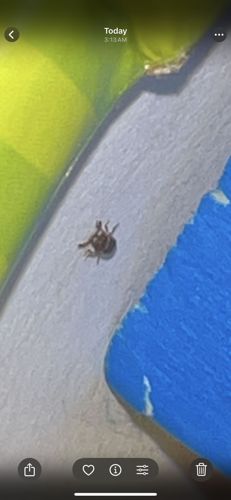Soft Tick
Scientific Name: Argasidae (family)
Order & Family: Acari, Argasidae
Size: Unfed adults typically range from 3-10 mm. Nymphs and larvae are smaller. Unlike hard ticks (Ixodidae), soft ticks do not expand significantly when engorged with blood, maintaining a more flattened or leathery appearance.

Natural Habitat
Soft ticks (family Argasidae) commonly inhabit arid and semi-arid environments. Unlike hard ticks, they do not typically quest on vegetation. Instead, they ambush hosts from cracks and crevices, animal burrows, caves, under rocks, or within human dwellings, especially in areas where hosts rest or nest.
Diet & Feeding
Soft ticks are obligate hematophages, meaning they feed exclusively on the blood of vertebrates. They do not typically engorge to the large size seen in hard ticks; instead, they take smaller, quicker blood meals.
Behavior Patterns
Soft ticks have a complex life cycle involving multiple nymphal stages. They feed relatively quickly (minutes to hours) and then detach from the host. They are known for their ability to survive long periods without feeding and are typically nocturnal.
Risks & Benefits
Risks: Soft ticks can transmit a variety of pathogens to humans and animals, including Borrelia species (causing tick-borne relapsing fever), African swine fever virus, and bacterial pathogens like Rickettsia and Coxiella burnetii (Q fever). Bites can also cause local irritation and allergic reactions. Benefits: None directly significant to humans, but as part of the ecosystem, they are a food source for some predators.
Identified on: 8/31/2025